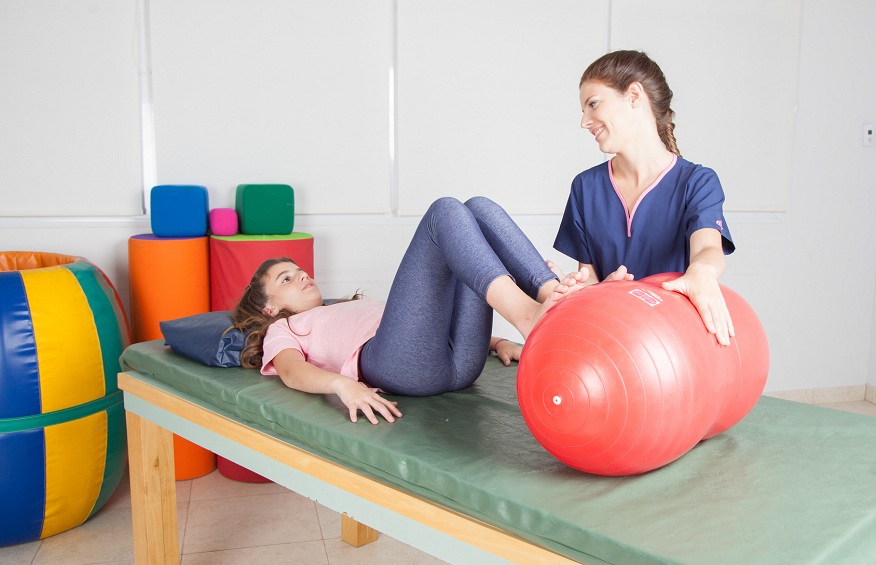Paediatric Physical Therapy: Enhancing Mobility in Children with Physical Disabilities
Physical disabilities can significantly impact a child’s ability to move, participate in activities, and reach their full potential. Paediatric physical therapy plays a crucial role in helping children with physical disabilities improve their mobility, enhance their independence, and enhance their overall quality of life. This specialized form of therapy focuses on addressing the unique needs of children and employs various techniques and interventions to optimize their physical function. In this blog post, we will explore the importance of paediatric physical therapy and how it enhances mobility in children with physical disabilities.

Understanding Paediatric Physical Therapy
Paediatric physical therapy is a specialized branch of therapy that aims to promote the physical development, mobility, and functional abilities of children with disabilities. It focuses on improving strength, flexibility, balance, coordination, and overall motor skills. Paediatric physical therapists work closely with children and their families to create individualized treatment plans that address specific goals and challenges.
Early Intervention and Developmental Milestones
Early intervention is key in paediatric physical therapy. The earlier therapy is initiated, the greater the potential for positive outcomes. Paediatric physical therapists play a crucial role in monitoring and promoting age-appropriate developmental milestones in children with physical disabilities. Through guided exercises, play-based activities, and specialized interventions, therapists help children develop essential motor skills and achieve milestones such as crawling, walking, and climbing.
Mobility Enhancement
One of the primary goals of paediatric physical therapy is to enhance mobility in children with physical disabilities. Therapists work closely with children to improve their strength, coordination, and balance, which are vital components of mobility. They employ a variety of techniques and interventions, including therapeutic exercises, gait training, balance activities, and assistive devices, to help children achieve optimal mobility and independence in daily activities.
Adaptive Equipment and Assistive Devices
Paediatric physical therapists are skilled in evaluating the need for adaptive equipment and assistive devices to support children’s mobility. These devices may include wheelchairs, walkers, orthotics, and prosthetics. Therapists assess children’s individual needs, recommend appropriate equipment, and provide training on their use. The use of adaptive equipment and assistive devices can significantly enhance a child’s mobility and enable them to participate in various activities.
Improving Functional Abilities
Paediatric physical therapy aims to improve the functional abilities of children with physical disabilities. Therapists work on specific skills that are essential for daily activities, such as sitting, standing, reaching, grasping, and self-care tasks. Through targeted exercises, therapeutic play, and task-oriented activities, therapists help children develop the strength, coordination, and motor planning necessary to perform these activities independently.
Collaboration with Families and Caregivers
Paediatric physical therapy recognizes the critical role of families and caregivers in a child’s progress. Therapists collaborate closely with parents and caregivers, providing education, training, and support to incorporate therapy techniques into the child’s daily routine. By empowering families and caregivers with the knowledge and skills to continue therapy at home, therapists ensure that progress continues beyond therapy sessions.
Conclusion
Paediatric physical therapy plays a vital role in enhancing mobility, promoting independence, and improving the overall quality of life for children with physical disabilities. Through early intervention, developmental support, targeted interventions, and collaboration with families, therapists enable children to achieve their maximum physical potential. By addressing unique challenges, enhancing motor skills, and providing access to adaptive equipment, paediatric physical therapy empowers children to participate fully in activities, explore their environment, and live a life without limitations. The dedicated work of paediatric physical therapists brings hope and possibilities to children with physical disabilities, helping them reach their goals and lead fulfilling lives.
